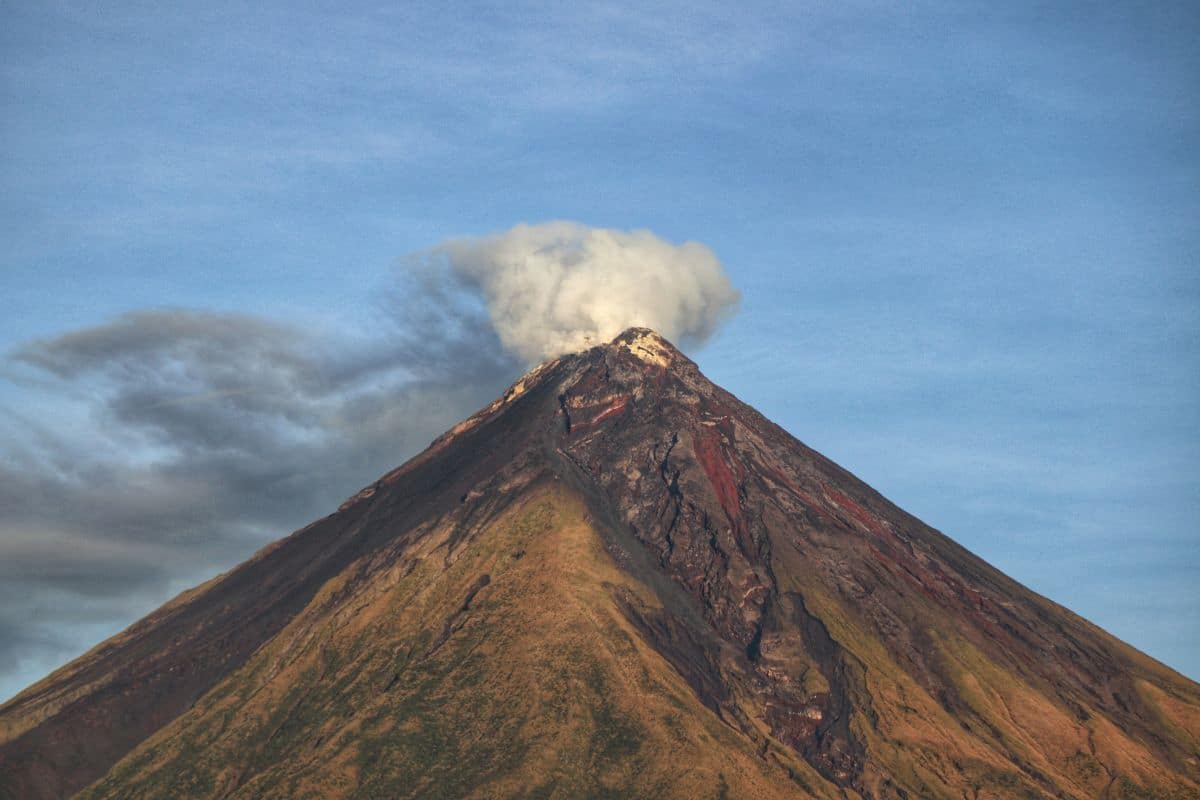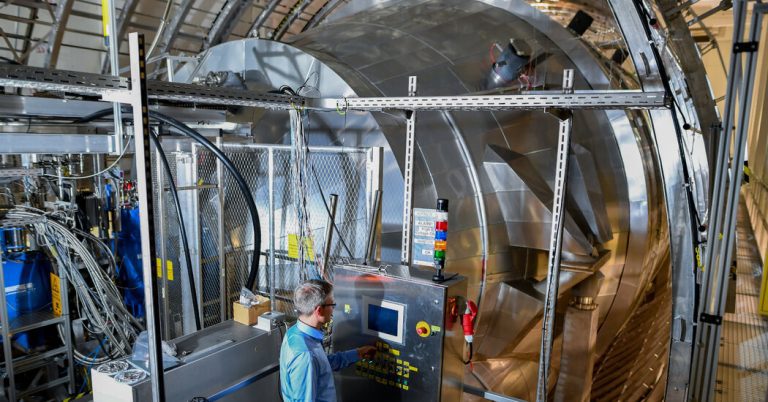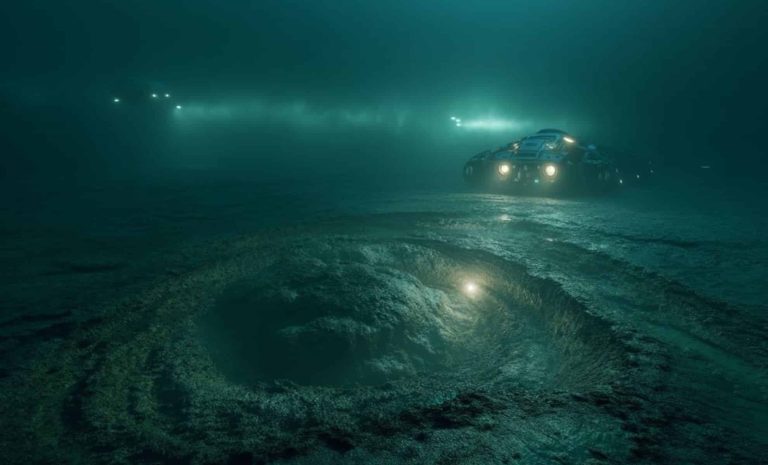For billions of years, the Earth’s atmosphere lacked the oxygen needed to preserve a complex life. While scientists have a long period of microorganisms for oxygen acting ultimately on the planet, new research indicates that volcanic activity may have played an important role in launching this shift.
A Ticket Leaded by researchers from Tokyo University It suggests that huge volcanic eruptions created brief mutations in the oxygen in the atmosphere, which spoils the stage Goe oxygen event (Goe).
Changing composition in the Earth’s atmosphere
Today, the Earth’s atmosphere consists approximately 21 % oxygenBut this was not always. more than 2.5 billion years agoThe oxygen was almost absent, and it dominated the air from the ground carbon dioxide and other gases.
The prevailing theory indicates this early Blue bacteriaSlowly around the planet’s atmosphere by producing oxygen over millions of years.
However, researchers now believe that before Goe, the planet has suffered from short oxygen-reference inches to AS “Puffs”– It is likely to be due to volcanic activity.
How might be volcanoes have fed early oxygen?
These explosions Large quantities of carbon dioxide have been launchedWhich leads to the effect of the greenhouse that improved the climate. This warming increased RockThe launch of basic nutrients such as phosphate In the oceans.
according to Professor Ichi TajikaOne of the authors of the study, that the presence of light -light microorganisms alone had not immediately led to oxygen in the atmosphere because the availability of nutrients in the oceans was limited. “The activity of microorganisms in the ocean has played a major role in the development of oxygen in the atmosphere,” explains.
It also explains the role of volcanic in the early oxygen: “It is possible that it has taken some huge geological events to seed oceans with nutrients, including continents growth, and as we suggest in our paper, its intensive volcanic activity, which we know is happened.”
Evidence of geological records
To support their theory, the researchers examined Sensitive elements to reduce like Moldinumand ReniumAnd Selenium. One event of well -documented oxygen 2.5 billion years ago It is preserved in geological formations such as Mcrae ShaE Mountain In Australia.
The main author Yasuto Watanabi It describes the challenges of modeling these old events. “The biggest challenge was to develop a digital model that mimic the complex and dynamic behavior of biochemical cycles below Late Archian conditionsHe says.
Why are these short oxygen bursts important?
These temporary nails in the oxygen in the atmosphere, although they are short -lived, may have played a decisive role in shaping the conditions necessary for Ga. Researchers suggest that as volcanic activity continues over millions of years, these throats helped pushing the Earth’s atmosphere towards the turning point, which leads to a permanent shift in oxygen levels.
Watanabe highlights the importance of transit oxygen events:
“Whifs understanding is crucial to restrict the timing of the appearance of light -light microorganisms. Events are concluded from the concentrations of sensitive elements of oxygen levels in the atmosphere in the geological registry,”
This process may have contributed to the development of Oxygen use enzymes In microorganisms, enabling life to gradually adapt to an oxygen -rich environment.









